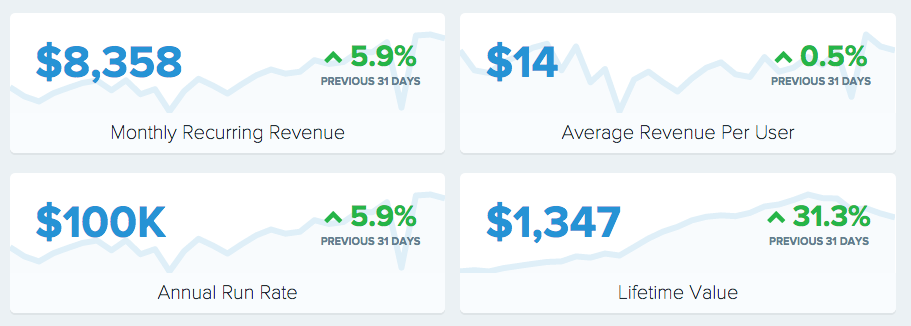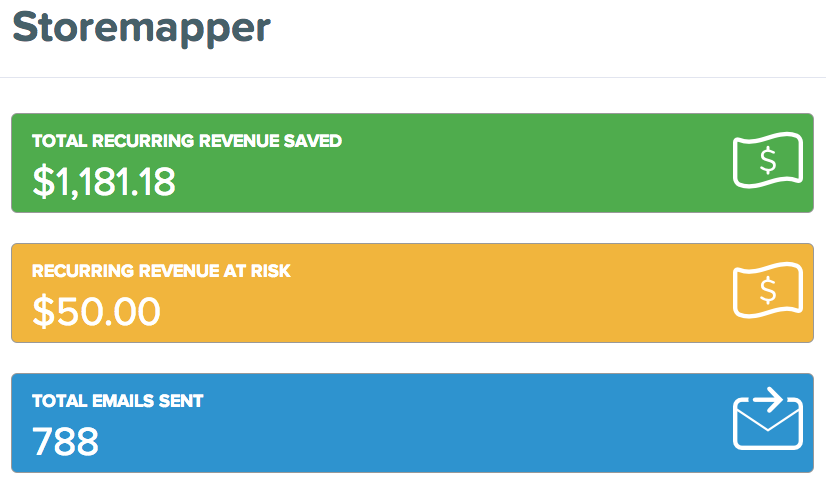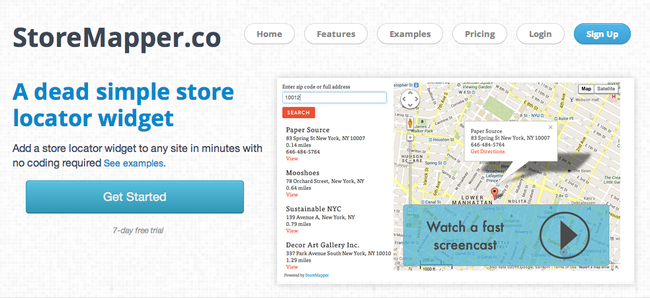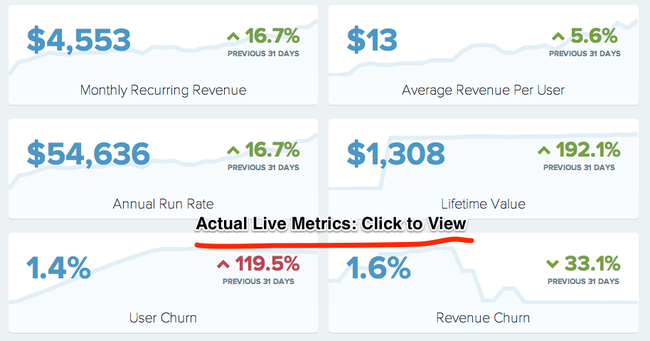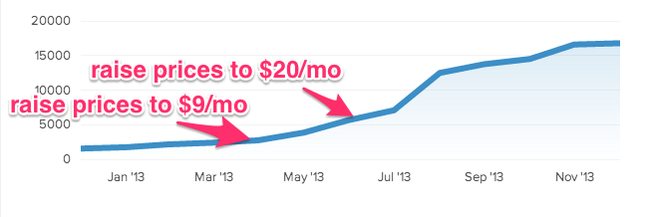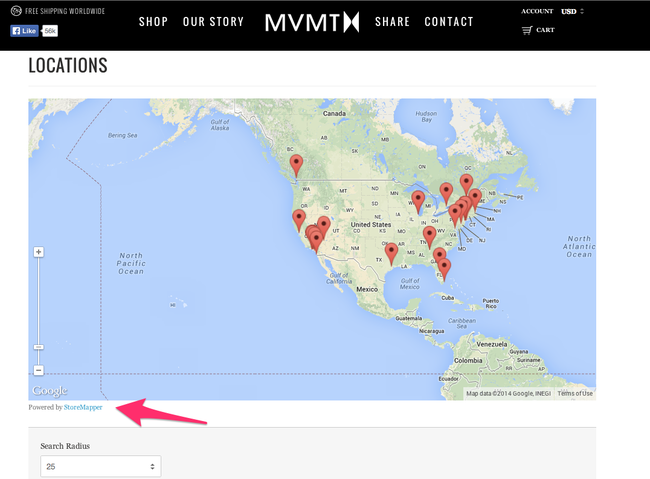I’ve been super transparent lately about a lot of things — perhaps to a fault. In particular I’ve been sharing a lot of specific numbers around money. The live financials for my business are available on a public dashboard. I wrote pretty openly about how I paid my bills over the last few years. I walked through the painful details of raising money for my solar startup and then shutting it down. All of this lead a few people — including at times myself — to ask, um, why am I doing this?
A few people have asked me why I do it. I’ve also had a few people talk about others who publish their financials — not know that I did too — and criticize it. Calling it bragging. I can see how some people might find it off-putting. Particularly when you have some entrepreneurs who do it solely to give themselves a public high-five on how much money they’re making. But I think the best answer to this is a commitment to transparency through both the ups and downs. It is annoying if you’re selectively transparent, only publishing the details about the things that work and sweeping the trials and tribulations under the rug. It’s the same problem we have with Facebook and Instagram giving us a false impression that everybody is living a happier and more interesting life than we are. Our social streams are filled with carefully curated snippets of the best parts of people lives. People rarely share when they’re bored, or lonely, or snap a selfie of themselves wallowing in self doubt. I hope that I’m doing a decent job so far of sharing both the good and the bad, but it’s something to constantly pay attention to.
This wasn’t an original idea from me. I was inspired by the folks at Buffer, Keen.io, Baremetrics and several others.
But here are few of my reasons for transparency:
Everything is more interesting in the context of real numbers
Language is imprecise. When people or companies blog about strategies or tactics that worked or didn’t work, it’s very hard to know what that means and if it’s relevant to you. In the context of real, live numbers these topics become concrete. This action added X in monthly recurring revenue, this strategy saved this many cancellations. It’s honestly just a better story.
Transparency is a marketing edge
Most people are very private about their finances and real financial numbers are a little bit taboo. Blog posts with that kind of data are just juicier than the same content without it. The first post, where I laid out the origins of my micro-SaaS business and introduced the live dashboard, received about 1,000x more traffic than any other post I’ve ever written.
Transparency gives you just the right amount of credibility
Neither too little nor too much. If I say something, and someone thinks that it’s BS and would never work, they look at the real numbers and think, well maybe this guy knows a thing or two and isn’t a total moron. On the other hand if I say something and someone reads it and thinks it’s the most brilliant strategy they’ve ever heard and they should abandon everything and prioritize it. Well, they can look my numbers and say, well this guys isn’t exactly making millions so maybe we should take this advice with that appropriate sized grain of salt.
I think this is easily the most important benefit of transparency. The world is full of people who eke out a bit of money selling scammy schemes claiming to make you millions. Transparency is the solution to credibility in an increasingly opaque and anonymous world.
The moment people think you know something there is a temptation to try to start educating and to sell that education. There’s always endless demand for it. It’s easy to fall into it. I’ve caught myself several times thinking I should start selling ebooks, courses and consulting and how it easy it would be to fake it til you make it. Publishing my numbers keeps me honest.
As internet platforms make it ever easier to publish and sell ebooks, webinars, online courses, it becomes more and more difficult to filter out the real stuff from the scams. Without transparency there is some risk, or at least some small nagging doubt that you’re being had.
When I think about even true thought leader superheroes writing about entrepreneurship there’s always this nagging question in the back of my mind. Did they ever actually build real businesses that actually made profits?
Yea maybe they have obviously become very successful. But what if it’s built on bullshit? It’s not hard construct that scenario. I don’t know from first-hand experience, but I think if you can bullshit your way to a best-selling book and start collecting big speaking fees it’s probably not that difficult to translate that momentum into further success. You get invited to advise and invest in some of the best startups and voila, now you’re a validated success story and people eat up your advice.
And it’s so easy to fake it. I know because when I was really struggling with SolarList — incinerating my savings and racking up credit card debt — people were always confusing me and the business for a big success and assuming I was crushing it. An Angelist page, a shiny website, a well-produced video and some software that works is all you need to convince the vast majority of people that you’re an inspiring and successful software entrepreneur. Throw in a solid beard for good measure you’ve got all the credibility you need.
Transparency — particularly the third-party verified variety like my dashboard, which is connected directly to my payment processor — eliminates all those questions. If some day I become a big success, everybody will have real data on my (is humble right word?) origins. And if I turn out to be a big failure, everybody will know what is was that I squandered.
